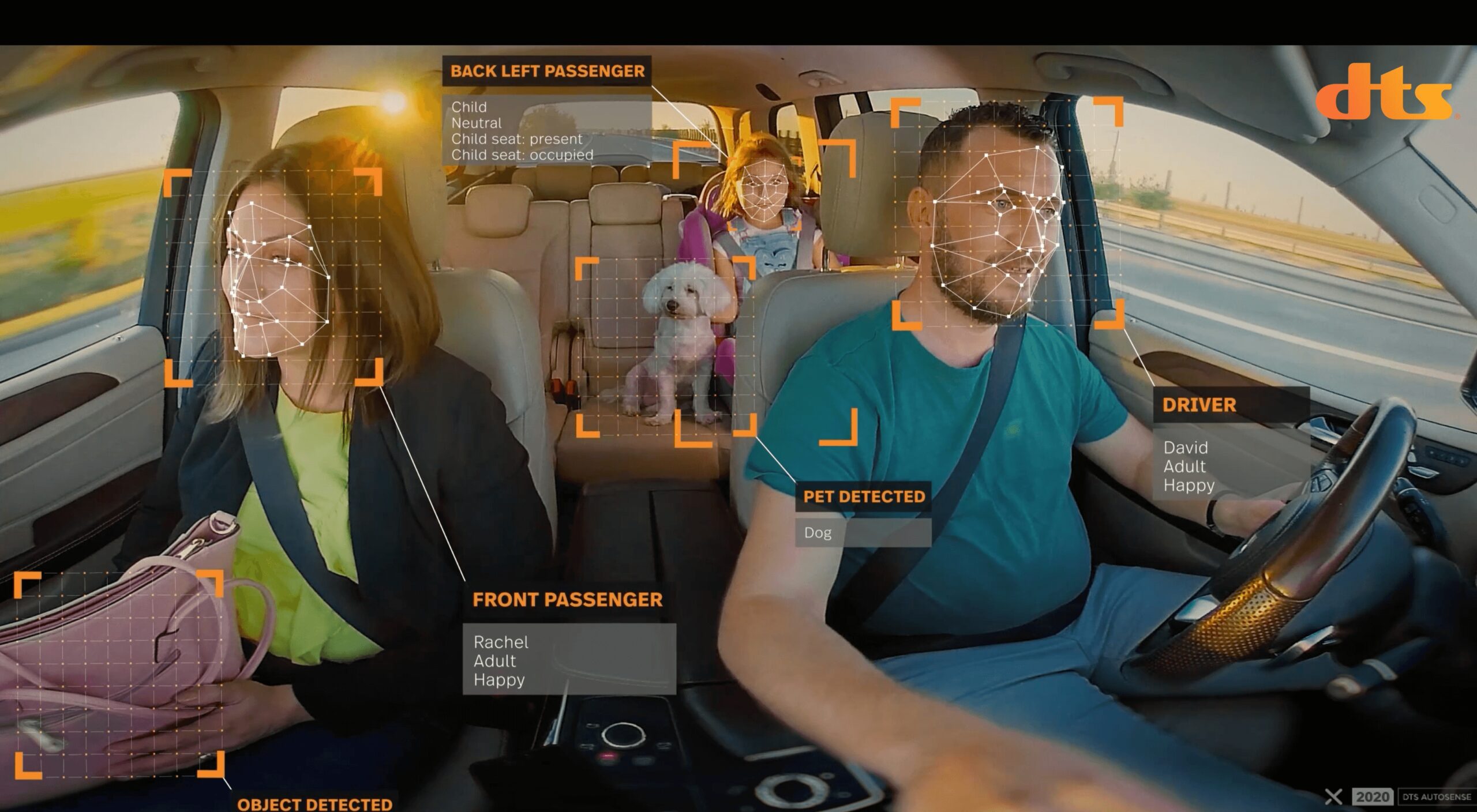
Our recent FOCUS session “5 Most Challenging Use Cases for In-Cabin Sensing” generated great interest with a record attendance.
For those unable to join us live or unable to find the time to watch the session on-demand, Lumentum has kindly provided the following key takeaways from the presentations and the panel session.
Strong market demand for Driver Monitoring Systems (DMS) and Occupancy Monitoring Systems (OMS)
- Influenced and driven by regulations such as European NCAP and application needs, DMS and OMS are gaining popularity and penetration rates are increasing
- OMS functions like child and pet detection are quickly gaining traction
- Effective (and integrated) implementation will be key
Our brains think our vehicles are extensions of our bodies
- Kinesthesia is our ability to sense and move our bodies in space
- This includes extensions of our bodies, like tools, sports equipment, and vehicles, like bicycles and automobiles
- Our brains are designed to process these details and act accordingly; Extremely important as we consider the data coming to and from the driver in DMS
Emerging technologies and innovations are meeting the needs of the shifting landscape
- Illumination and sensor technologies have advanced rapidly
- Devices like VCSELs are maturing and are well-suited to meet the coming needs of in-cabin solutions due to many advantages over incumbent light sources
Implementation scenarios will be critical as systems shift from ADAS to Autonomous Vehicles and DMS to OMS
- Implementation and integration will be key as the market shifts from ADAS to Autonomous Driving, and as the focus shifts from the driver (DMS) to the passengers’ comfort and well-being (OMS)
Many advanced functions are envisioned and being developed now:
- Eye/gaze tracking or control of certain functions (eyes control headlights), security (facial recognition to unlock vehicle), and in-cabin payment options (by facial recognition or fingerprint), to name a few
- Future systems might need extremely high sensitivity, like detection of breathing or heartbeat
Applications for next-generation in-cabin system data will multiply
- With next-generation applications, next-generation challenges will be faced
- Processing vast amounts of data, safety concerns, use of biometrics, privacy concerns, how to treat custom data and details about passengers, and scenario-based vehicle behavior are just a few examples
DMS functions are closely linked to ADAS, and vice versa
- DMS is more than just a warning to the driver;
- Sensing is only part, how the data is used, and behaviors and actions will be key
- Speed and accuracy of the engagement of the driver will become paramount
- Integration of DMS into ADAS functions will be the focus






